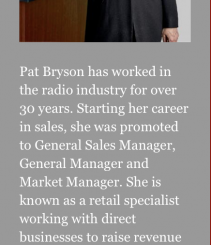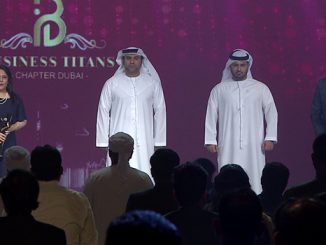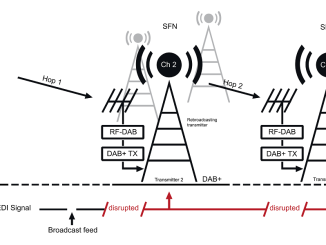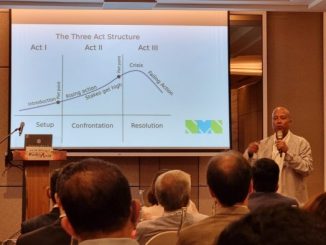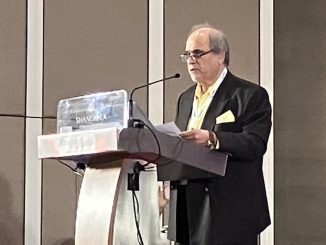
ABU’s Radio Asia conference opens in Kuala Lumpur
ABU Secretary General Dr Javad Mottaghi welcomed delegates to the first face to face ABU radio conference in three years.“Radio has been important in helping the public to survive during the covid crises… it is a trusted source of information and a way of connecting people when they had to be apart. “Broadcasters have been able to cope with covid and continue serving the audience during this challenging time… we have all been affected but we have been able to cope with the disaster. “The ABU also adapted very quickly to deliver our services online during these challenging times,” he said.Radiodays founder Anders Held talked about the partner conference RadioDays that follows the ABU’s Radio Asia conference.“RadioDays was originally founded in Europe and has grown into the biggest radio and audio conference in the world… “The challenges are similar for radio industries all over the world, it has been shaken up and we have to learn and look forward to the future. We value the collaboration with ABU and our ability to bring the best speakers in the world to these conferences.”A top level experts round table began the day’s sessions.Dr Hendasmo, RRI’s President Director has confidence in the future of radio because it can enhance culture. “Our social function is to unite our country… we all face the same challenges with new media platform disruptions, but it is a part of life.”Traditional radio listening in Indonesia has decreased by 37 percentage points in recent years, from 50% to 13%, according to the 2018 census, while internet usage has dramatically increased. Time spent listening to broadcast radio sets has also decreased. So RRI has increased its services on new platforms to continue to deliver its mission. “Radio can survive by delivering its content in new ways and cultivating audience interaction.”David Hua, the Director of Language and Audience Services at SBS said there are similar sobering statistics in most countries, but it comes down to how we define the word ‘radio.’ David talked about the connection people have to radio. He told the story of an old man who had many radio sets and when he died his wife wanted to give them to others in the family, when she turned each one of them on, they were all tuned to SBS Radio. “People are connected to radio in different ways, linear broadcast radio is still important to many, especially those who cannot connect via internet and data, while other types of new radio content connect in different ways.”Sanjiv Dosajh, Assistant Director General of Programmes at All India Radio talked about the huge diversity of languages, geographies and cultures in India. “Radio is alive in India, during the pandemic radio came to the people’s rescue… we had talkback with doctors who gave information about covid. When people called we asked them, how are you listening… 50% of them said they were listening to live broadcasts on a traditional radio set. “The challenge is to keep reaching the younger population too, they are shifting to web radio and social media platforms so we are developing new programs on new platforms for them. We have a talent competition to find new young radio presenters and we put them on air as RJs… it is another way we are keeping radio alive and reaching new age groups.”Dan Santa, the Director of International Relations at Radio Romania compared his small country of 20 million to the huge populations in the countries of the other speakers, saying that there are common issues no matter what the country and population size. “Remember when we thought that watches or books would be replaced by phones and ebooks, but this has not happened. The Swiss watch companies are still there, so are books… “Radio has an important public mission and as long as we continue to fulfil our mission there will be a well defined future for radio.” Keith Williams, Vice President of RCS Asia Pacific said “radio has succeeded to this point because of the content, nothing has changed about that, it is just that there are different means of delivery. Radio people are great at creating content. If I hear my radio station in a car or at the mall we are winning, it makes no difference how that content is getting to those locations.” […]

